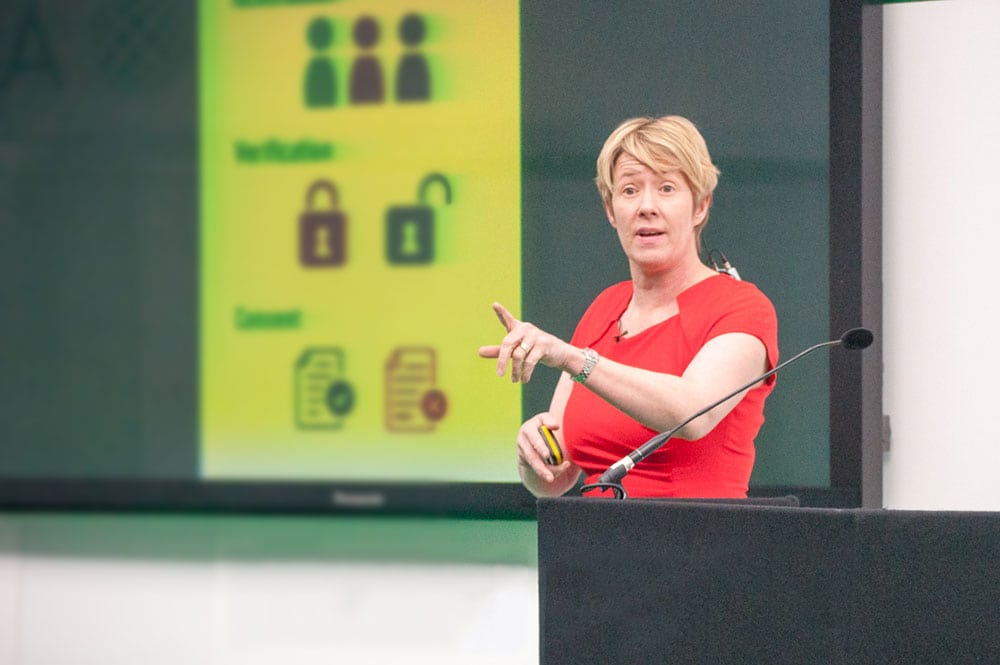With over a billion prescription items dispensed each year, will electronic prescribing develop and doctors and patients take to it sufficiently to hit the ambitious 2020 target?
Beverley Bryant, NHS England’s director of strategic systems and technology, has asked whether the pace of change is right. “Are we moving fast enough for our patients, are we tip-toeing along too slowly or are we moving too fast and not bringing the GP community with us?” she said in September.
Well, how much of the pace of change is rate-limited by interoperability, how much by staff availability and other resources, how much by regulatory change, and how much by a resistance or hesitancy or willingness around adopting new systems and adapting to new ways of working? With the ambition of having an NHS paper-free at the point of care by 2020, how much new technology has yet to be introduced – and how much training will need to take place?
Just over a billion prescription items are dispensed in England each year, around 70% of which are for repeat medication. That’s rather a lot of bits of paper potentially being processed three times by the NHS – when issued by GPs, dispensed by pharmacists, and processed for payment by the NHS Business Services Authority (NHSBSA).
To address this, the Electronic Prescription Service (EPS) was introduced back in the Noughties, especially for the repeat prescription system. Benefits have been improved efficiency and accuracy – both in terms of the patient getting the right medication and the finances being monitored accurately (reimbursement has been a bone of contention for pharmacy contractors). A secondary benefit is that it has helped workflow for GPs and pharmacies, with patients giving notice of when they would like to collect their repeat prescription.
But it generates paper, with patients keeping paper tokens to request their next instalment. And progress has been slow. EPS Release 2 (EPS-R2) has been available since around 2009, and 98.3% of community pharmacies have gone live with it. Even by 2012, 80% of pharmacies were live. However, as of mid-October 2015 only 69.1% of GPs had gone live.
Compare this with NHS England’s Patient Online programme, achieving a level of 97% of general practices in England making patient records, appointment bookings and repeat prescription requests available online to patients. This was done (by carrot or stick?) in March and in a very much shorter period than EPS has been developing. Interestingly, Scotland has just announced a £6 million, three year project to extend its patient online access programme.
Since the start of October, HSCIC has agreed (following concerns about the misuse of nominations and patient direction) to publish EPS weekly data. This gives information about how many patients have nominated a pharmacy to dispense their electronic prescriptions, and also the EPS coverage and uptake by GPs. It also gives data for each pharmacy about how many nominations it has live each week, and what the change has been from the previous week.
With the average EPS-R2 live site usage in September being 43%, and with 30% of GP surgeries yet to take the plunge, there is clearly still significant potential for increasing e-prescription use. And as EPS-R2 was designed for repeat prescribing, the means to deal with electronic prescribing for the 30% of cases when patients are initiated on a new treatment will go further to making the NHS paperless at the point of care by 2020.
But what about those occasions when the technology fails or the rural GP’s smartphone just cannot get a signal to upload that e-prescription on a house call? The days of the paper prescription are not over yet…


